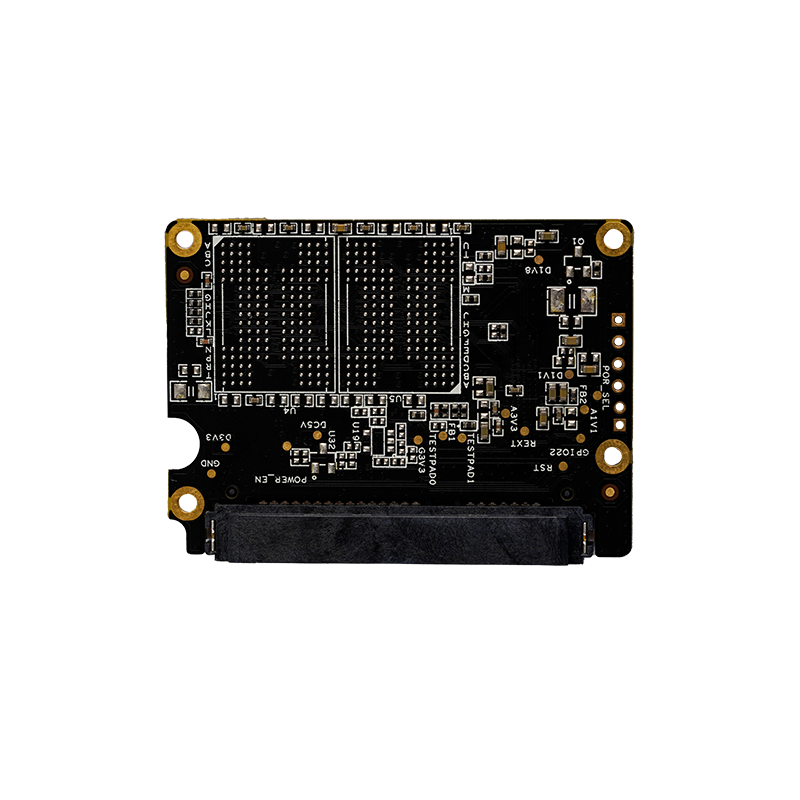In the ever-evolving landscape of computing technology, the marriage of PC SSD (Solid State Drive) drives and SATA III SSDs (Serial ATA Revision 3.0 Solid State Drives) stands out as a transformative force. These components not only redefine the storage capabilities of modern computers but also elevate the overall user experience. This article delves into the world of SSD technology, exploring the features, advantages, and the collective impact of PC SSD drives and SATA III SSDs on the realm of data storage.
The advent of SSD technology has marked a significant departure from traditional Hard Disk Drives (HDDs). PC SSD drives, with their flash memory-based architecture, offer unparalleled speed, reliability, and efficiency in comparison to their HDD counterparts. The absence of moving parts in SSDs translates to faster data access times, reduced latency, and improved overall system responsiveness. This makes SSDs, including those designed for PCs, a game-changer for users seeking ideal performance and swift data access.
SATA III SSDs, operating on the Serial ATA Revision 3.0 interface, complement the capabilities of PC SSD drives by providing a high-speed data transfer pipeline. The SATA III interface allows for data transfer rates of up to 6 gigabits per second (Gbps), significantly outpacing the limitations of previous SATA revisions. This high throughput ensures that the SSDs can fully unleash their potential, facilitating rapid data transfers between the storage device and the computer's motherboard.
The synergy between PC SSD drives and SATA III SSDs manifests in various aspects, starting with the speed of data access. Traditional HDDs rely on spinning disks and mechanical read/write heads, pilot to slower data retrieval times. In contrast, PC SSD drives utilize NAND flash memory, allowing for near-instantaneous data access. When coupled with the high-speed interface of SATA III SSDs, the result is a storage solution that small lag, accelerates data-intensive tasks, and enhances the overall user experience.
One of the key advantages of this dynamic duo is the significant reduction in boot times and application load times. PC SSD drives, powered by SATA III SSDs, enable computers to start up swiftly and launch applications almost instantaneously. This speed boost not only saves valuable time for users but also contributes to increased productivity and a more seamless computing experience.
The durability and reliability of SSD technology further solidify the appeal of PC SSD drives and SATA III SSDs. With no mechanical parts susceptible to wear and tear, SSDs are inherently more robust and less prone to failure than traditional HDDs. This resilience is particularly valuable for users who rely on their computers for critical tasks, as it reduces the risk of data loss and system downtime.
Another aspect where the combination of PC SSD drives and SATA III SSDs excels is energy efficiency. SSDs consume less power compared to HDDs, contributing to improved energy efficiency and longer battery life for laptops and other portable devices. This aligns with the growing emphasis on sustainability and energy-conscious computing practices.
The versatility of SSD technology extends to its compatibility with various computing devices, from desktops and laptops to ultrabooks and gaming consoles. PC SSD drives equipped with SATA III SSDs seamlessly integrate into different systems, offering a universal storage solution that caters to the diverse needs of users across the technological spectrum.
In conclusion, the collaboration between PC SSD drives and SATA III SSDs epitomizes the evolution of storage solutions in the digital age. This powerful combination transcends the limitations of traditional storage devices, delivering unparalleled speed, reliability, and efficiency. As technology continues to advance, the impact of SSDs on computing is poised to grow, ushering in an era where swift and responsive storage is not just a luxury but an essential element of the modern computing experience. The dynamic duo of PC SSD drives and SATA III SSDs stands as a testament to the relentless pursuit of excellence in the realm of data storage, paving the way for a faster, more efficient, and more enjoyable digital future.
 EN
EN CN
CN ES
ES RU
RU








